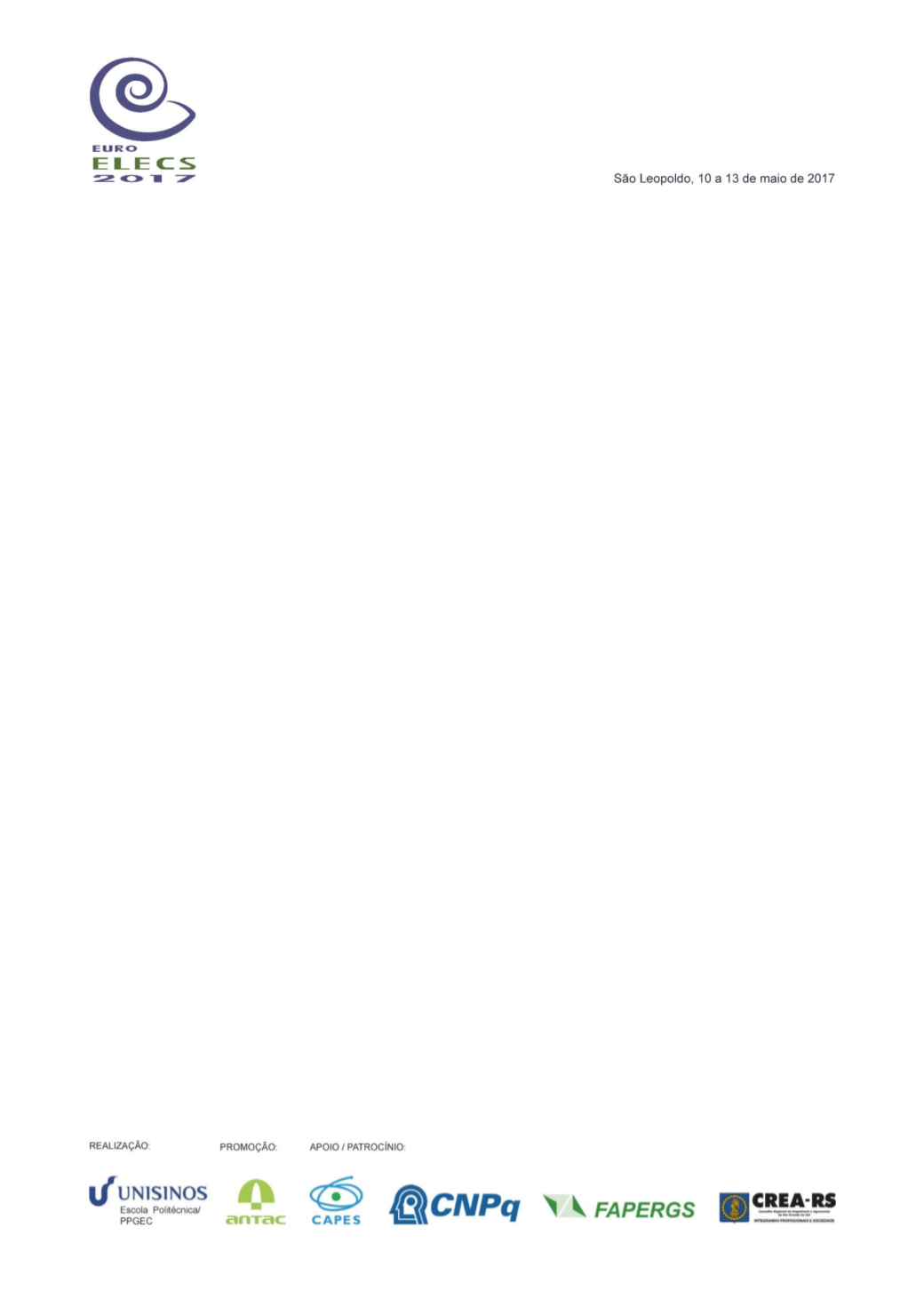

749
379. CONTROL TÉRMICO Y LUMÍNICO EN EDIFICIOS CON VEGETACIÓN
INSTALADAEN VANOS DE FACHADA. CASO DE ESTUDIO: BIBLIOTECA
LEÓN DE GREIFF, MEDELLÍN
TORRES CORTES, Johan*
1
(jotorresco@unal.edu.co)
1
Grupo EMAT, Universidad Nacional de Colombia (UNAL), Colombia
*
Autor corresponsal
RESUMEN
En Medellín el aumento de la temperatura en el interior de los edificios requiere soluciones que
permitan la habitabilidad y la eficiencia energética. Las estrategias pasivas, como la vegetación
instalada en los vanos de fachada, generan sombreamiento que aportan a la mitigación térmica,
cuando se logra reducir la radiación solar directa que es una de las causas principales del aumento
de temperatura en el interior de los espacios. Considerando que la sombra del follaje de la
vegetación también reduce la cantidad de iluminación natural dentro del edificio, la presente
investigación analiza la reducción de radiación solar directa en relación con la iluminación natural
que se sacrifica cuando se instalan estrategias pasivas que incorporen vegetación en vanos de
fachada, comparando tres enredaderas (
Mandevilla laxa
,
Thunbergia grandiflora
y
Pyrostegia
venusta
) de diferente disposición, morfología y densidad de follaje; estudiando primero el
comportamiento de cada enredadera en la reducción de radiación solar directa e iluminación en
cada uno de los meses del año y horas del día, instaladas en orientaciones cada 15° para graficar
el comportamiento según diferentes orientaciones y temporalidades. Se selecciona como caso de
estudio el Parque Biblioteca León de Greiff en Medellín para estudiar los beneficios que tendría
instalar diferente vegetación en fachada y compararlo con los acabados de control solar con los que
cuenta actualmente la fachada del caso de estudio (vidrio con películas opacas), se prioriza la
vegetación que logre menos radiación solar directa en el interior y además logre niveles adecuados
de iluminación natural según la actividad que se realice en los diferentes espacios del Edificio.
Palabras-clave
: Vegetación en fachada; Protección solar; Sombreamiento en vanos; Clima urbano;
Iluminación natural.
THERMAL AND LUMINIC CONTROL, IN BUILDINGS WITH VEGETATION
INSTALLED IN FAÇADE HOLES. STUDY CASE: LEÓN DE GREIFF
LIBRARY, MEDELLÍN
ABSTRACT
In Medellín, the increase of the temperature inside the buildings requires solutions that allow the
habitability and the energy efficiency. Passive strategies, such as the vegetation installed in the
façade, generate shading that contribute to thermal mitigation, when direct solar radiation is reduced,
which is one of the main causes of the increase of temperature inside the spaces. Considering that
the shade of the foliage of the vegetation also reduces the amount of natural illumination inside the
building, the present investigation analyzes the reduction of direct solar radiation in relation to the
natural illumination that is sacrificed when passive strategies are installed that incorporate vegetation
in Façade holes, comparing three creepers (
Mandevilla laxa
,
Thunbergia grandiflora
and
Pyrostegia
venusta
) of different arrangement, morphology and foliage density; Studying first the behavior of
each creeper in the reduction of direct solar radiation and lighting in each of the months of the year
and hours of the day, installed in orientations every 15 ° to graph the behavior according to different


















